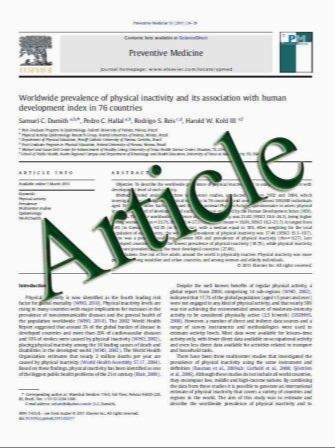Tendon-grasping strength of various suture configurations for rotator cuff repair
- نوع فایل : کتاب
- زبان : انگلیسی
- مؤلف : Onur Hapa • F. Alan Barber • Emin Su¨nbu¨log˘lu • Yavuz Kocabey • Nazlı Sarkalkan • Go¨khan Baysal
- چاپ و سال / کشور: 2010
Description
Purpose The purpose of the present study is to evaluate the mechanical performance and initial strength of the arthroscopic Mason-Allen, double mattress, inclined Mason- Allen, and lasso loop stitch configurations. Methods Using 36 sheep infraspinatus tendons, tendon widths and thicknesses were measured with a digital caliper to confirm standardization of the tendons. Four different stitch configurations (Mason-Allen, inclined Mason-Allen, double mattress, and lasso loop) were biomechanically tested with cyclic loading followed by load to failure testing. The cyclic elongation, peak-to-peak displacement, ultimate tensile strength, stiffness, and mode of failure were recorded. Results Mean tendon widths and thicknesses were statistically the same. The lasso loop (0.7 ± 0.1 mm) demonstrated a mean cyclic elongation greater than the Mason-Allen (0.5 ± 0.3 mm) and double mattress (0.5 ± 0.3 mm) groups (P = 0.011; P = 0.013). No differences were found in ultimate failure load, stiffness, and peak-to-peak displacement for the Mason-Allen (mean 99 ± 42 N, 39 ± 9 N/mm, 0.6 ± 0,1 mm), inclined Mason-Allen (113 ± 52 N, 44 ± 14 N/mm, 0.5 ± 0.1 mm), double mattress stitch (119 ± 68 N, 45 ± 10 N/mm, 0.5 ± 0.1 mm), or lasso loop (100 ± 38 N, 42 ± 7 N/mm, 0.5 ± 0.1 mm) groups (n.s.). Each specimen failed at the suture–tendon interface. Three specimens (two Mason-Allen and one inclined Mason-Allen) failed during cyclic testing. Conclusion Conventional Mason-Allen configuration can be applied with double-loaded suture anchor safely. Recent modifications of the configurations offer no biomechanical advantage.
Knee Surg Sports Traumatol Arthrosc DOI 10.1007/s00167-010-1322-y Received: 23 May 2010 / Accepted: 25 October 2010


